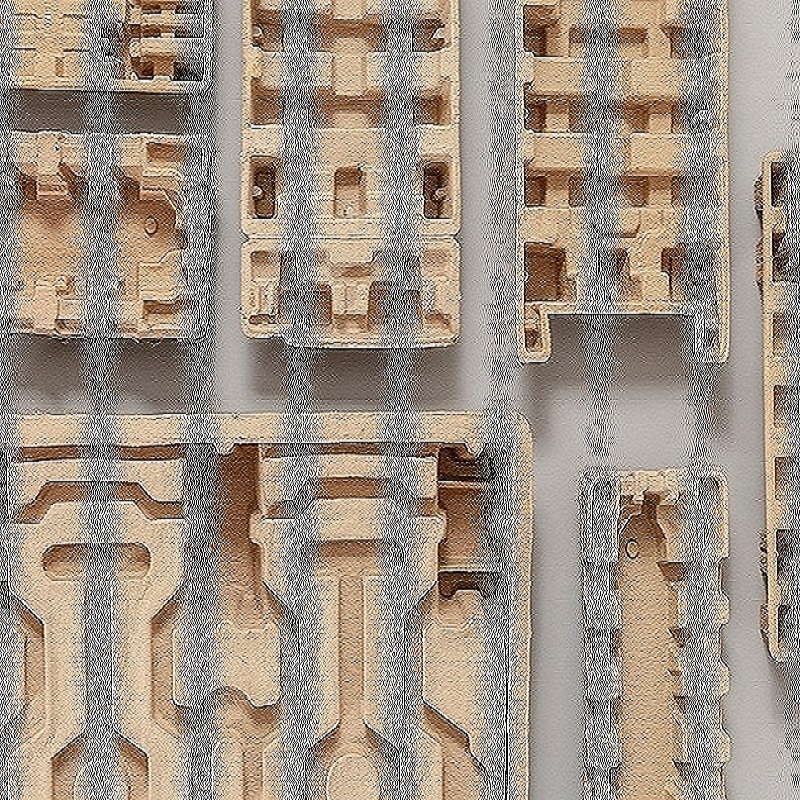In today’s world, sustainability is at the forefront of discussions and decision-making, especially when it comes to packaging. As consumers become more environmentally conscious, businesses are looking for sustainable alternatives to traditional packaging methods. One such alternative that has been gaining momentum is molded fiber packaging.
Molded fiber packaging, also known as molded pulp packaging, is a sustainable, eco-friendly, and versatile option that offers numerous benefits when compared to traditional packaging materials like plastic, foam, and even cardboard. In this blog post, we will explore the case for sustainability in favor of molded fiber packaging and how it stacks up against its traditional counterparts.
The Environmental Impact
One of the primary arguments in favor of molded fiber packaging is its minimal environmental impact. Unlike plastics and foam, molded fiber is typically made from renewable resources, such as recycled paper or agricultural waste, making it biodegradable and compostable. This characteristic is vital in the age of global efforts to reduce waste and plastic pollution.
Reduced Carbon Footprint
Molded fiber packaging also has a lower carbon footprint compared to traditional packaging. The manufacturing process for molded fiber is energy-efficient, and it requires less energy to produce when compared to plastic or foam packaging. This reduced energy consumption contributes to a lower carbon footprint, aligning with the global push for reduced greenhouse gas emissions.
Versatility
Molded fiber packaging is incredibly versatile. It can be customized to fit various shapes and sizes, making it suitable for a wide range of products. Whether you’re shipping delicate electronics, fresh produce, or fragile glassware, molded fiber can be tailored to provide optimal protection.
Recycling and Circular Economy
One of the key features of molded fiber packaging is its recyclability. Not only can molded fiber be recycled into new packaging products, but it can also be composted, contributing to a circular economy where resources are efficiently used and reused.
Cost-Efficiency
While initial costs may be similar to traditional packaging options, molded fiber’s benefits in terms of sustainability can lead to long-term cost savings. Many consumers are willing to pay a premium for products with sustainable packaging, making it a marketing advantage for businesses.
Conclusion
Molded fiber packaging is rapidly gaining traction as the sustainable packaging solution of the future. Its minimal environmental impact, reduced carbon footprint, versatility, recyclability, and cost-efficiency are strong arguments in its favor. As consumers continue to prioritize eco-friendly choices, businesses that adopt molded fiber packaging may find themselves at a significant advantage in the marketplace.
In the ongoing quest to reduce waste and promote environmental responsibility, molded fiber packaging is proving to be a compelling choice. By opting for molded fiber over traditional packaging materials, businesses can contribute to a greener, more sustainable future while meeting the growing demand for eco-conscious products. As the sustainability movement continues to gather momentum, molded fiber packaging stands as a testament to innovation and environmental stewardship in the world of packaging.

